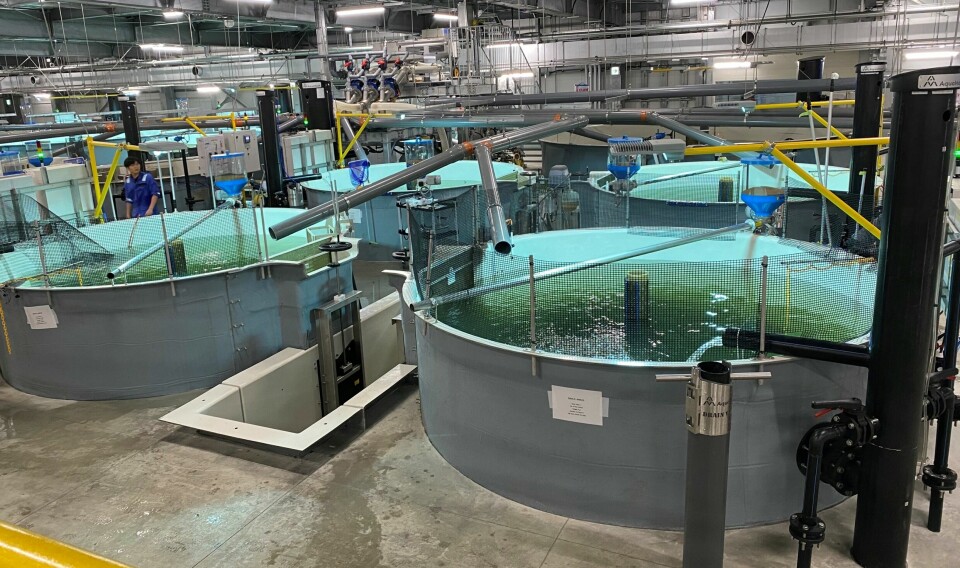
Proximar seeks more finance as costs rise
Land-based salmon farmer needs an extra NOK 165m for Japan project
A Norwegian company establishing a land-based salmon farm in Japan needs an extra NOK 165 million (£12.1m/Yen 2.245 billion) to meet increases in capital, operational, and financing costs, it said today.
Proximar, which plans to produce 5,300 gutted weight tonnes of Atlantic salmon annually in the first phase of the farm, is considering several options for how to finance the additional capital requirement, and is seeking an optimal capital structure including debt, both in Norway and Japan.
The company will seek a solution together with its largest shareholders and has indications of several alternatives that cover most of the capital requirement, it said in a presentation of progress made in the third quarter of 2023.
17% price rise
Total capital expenditure (capex) for the recirculating aquaculture system (RAS) facility at Oyama at the foot of Mount Fuji has been updated to NOK 1.240 billion (£91.1m), up from NOK 1.195 bn in the second quarter. This is an increase of 17% from the start of construction two and a half years ago (excluding currency effects).
The extra NOK 165m needed comprises:
- NOK 90m for capex increases in the second and third quarters
- NOK 45m for operating expenses and working related capital due to increased price of feed, among other things
- NOK 30m to fund costs related to financing, legal fees, etc
Proximar is preparing to transfer the first fish to the its grow-out facility in the current quarter, which means the company is on schedule for its first harvest in the third quarter of next year.
Growing steadily
“The biological growth is ahead of expectations, and we are on track for the transfer of fish to the important next phase in the growth building,” said chief executive Joachim Nielsen in the quarterly update.
“We are on track with our plan for the first harvest in Q3 2024, and I am very happy to see that the fish are growing steadily. We operate the very first commercial Atlantic salmon farm built in Japan, and with that come several challenges, including some cost increases that require additional funding. However, the project’s economy is still very robust, and the outlook is still promising. I am sure that Proximar will be a leading supplier of Atlantic salmon to the Asian market in the years to come.”
During Q3, Proximar took ownership of the RAS facility from builder Daiwa House, marking completion of civil engineering works, and also drew down the second and final tranche of a Yen 8.8 bn loan provided by Japanese banks.
RAS partner AquaMaof is continuing to install equipment in the nursery building.
Proximar is not the only land-based salmon farm developer to need extra cash. Earlier this week US salmon farmer AquaBounty revealed that the estimated cost of the 10,000-tonnes-per-year capacity farm it is building in Pioneer, Ohio, had risen to $485m - $495m (£395m - £403m).
And Gigante Salmon, which is building a flow-through facility on a small island in Norway, had to raise an extra NOK 300m (£22m) via a private placement and bank loan to meet extra costs caused by inflation.






















































